We talk with the artist Manu Blazquez after his residency at the Atlantic Centre of Modern Art. He says of the Canary Islands: “the contrast between the lush and the arid makes a great impression”.
Valencia born artist Manu Blazquez, educated at the Academia de Bellas Artes in Bologna, spent a month as artist in residence at the Centro Atlántico de Arte Moderno (CAAM) in Las Palmas de Gran Canaria. During this time, he created a series of works of art for exhibition in the same space. Blazquez plays with arithmetic, geometry, numbers and shapes to examine the relationship between time and space. The art which combines painting, engraving and architecture is simple and minimalistic. The artist’s use of a clear and direct language has been recognised with many awards. Blazquez has also been the subject of a number of one-man shows.
Your reputation as a visual artist is growing all the time. How have you dealt with your success?
Since my first solo show in 2013, I haven’t stopped working. It’s great to see my work appreciated. To see something that comes out of my mind and hands generate such interest is really satisfying. But I would say that, as extraordinary as it is, I’m still a bit perplexed.
How did you get to CAAM?
A Canarian colleague, Saskia Rodríguez, told me about a contest for a one-month residency, which ran from March to April. I submitted a project and won. I’m the first non-Canarian to win the prize. Another artist from the islands, Nicolás Laiz Placeres, from Tenerife also participated in the residency because the idea is that a dialogue takes place between two artists. The truth is that this is very enriching. When we finished, we exhibited the work we had made during the residency alongside a large show dedicated to César Manrique.
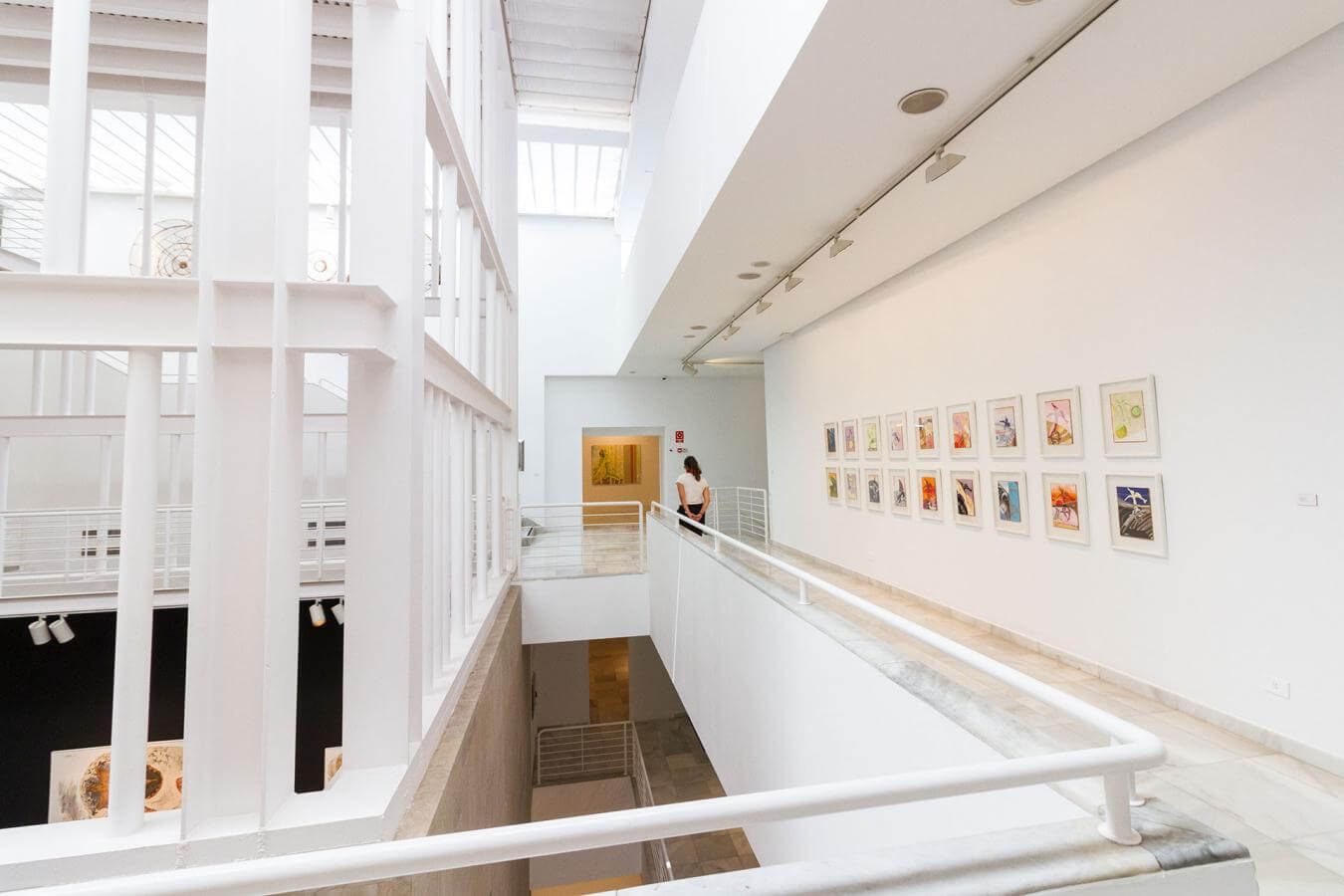
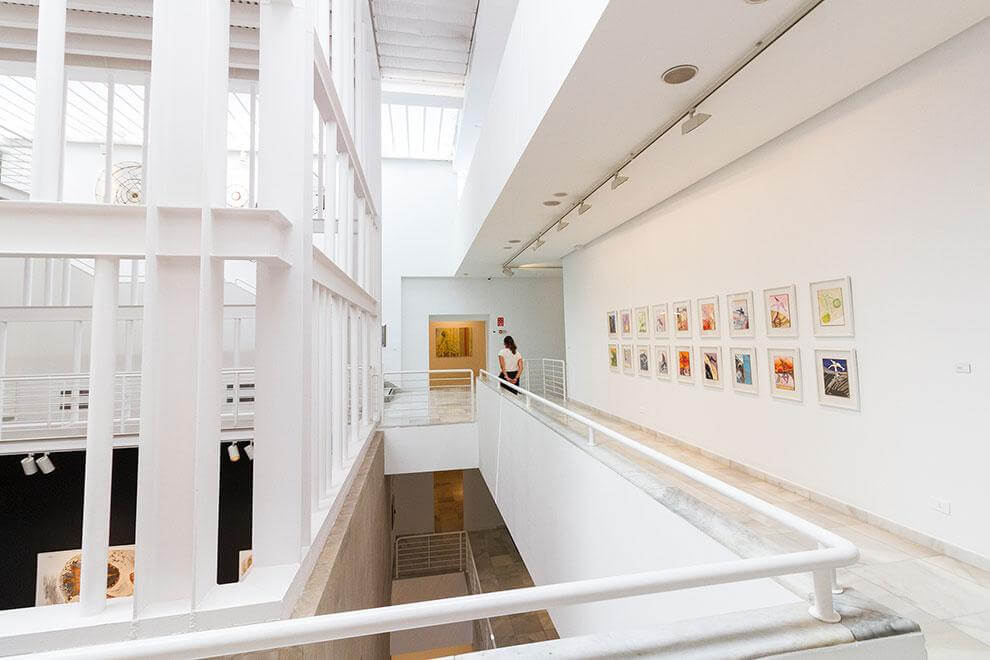
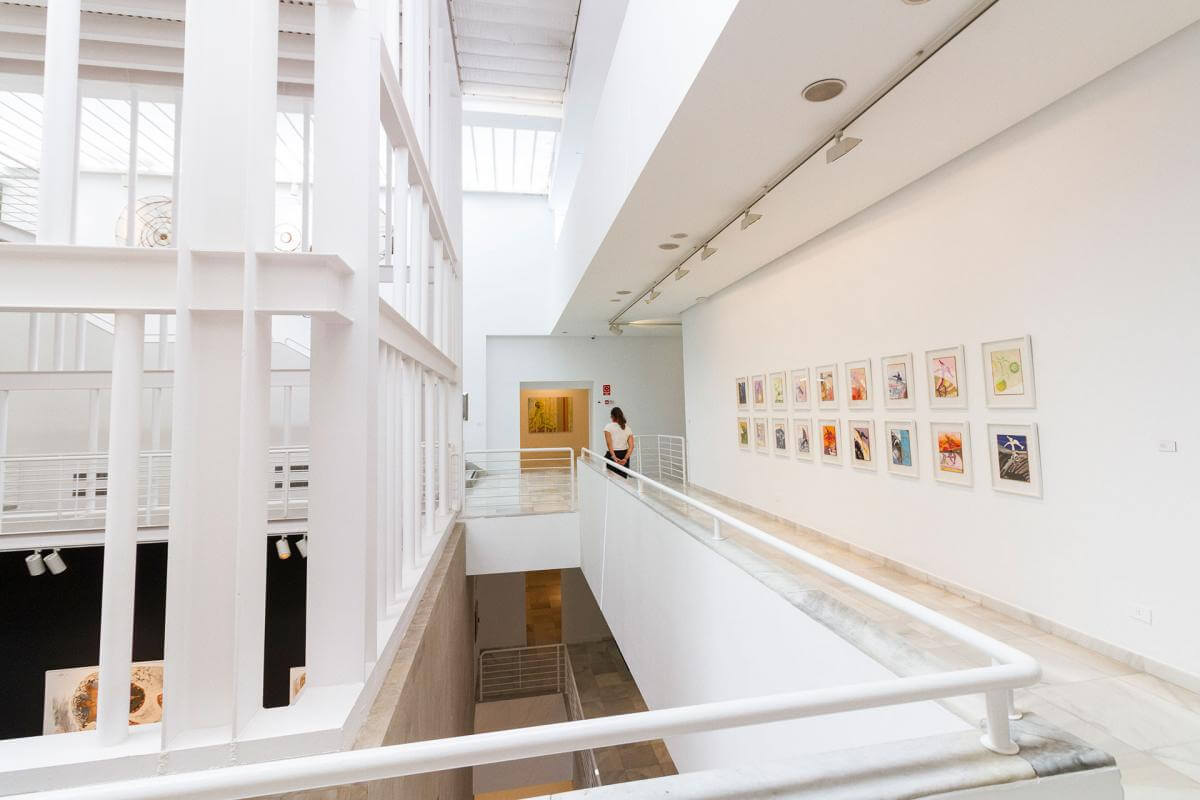
What did you learn during the residency?
The experience had many perks. First of all, you can work in the same space that you are going to exhibit in. The museum’s design and architecture was developed by one of my favourite architects, Francisco Javier Sáenz de Oiza. He made the White Towers in Madrid and worked with Jorge Oteiza. I can relate easily to his work. Secondly, the residency allowed me to get to know the Canary Islands, specifically Gran Canaria.
Did you see lots of the island?
Not that much. I only had a month to create some art, so I had to work hard. I did though get the opportunity to visit some interesting places such as the Cueva Pintada de Gáldar, a spot of great archaeological interest that houses some 60 structures that reveal daily life of the ancient inhabitants of the island. There is also the famous polychrome chamber that has an exceptional set of pre-Hispanic wall paintings. In fact, my project used that place as a reference. There are geometric paintings in the collection which I was inspired by.
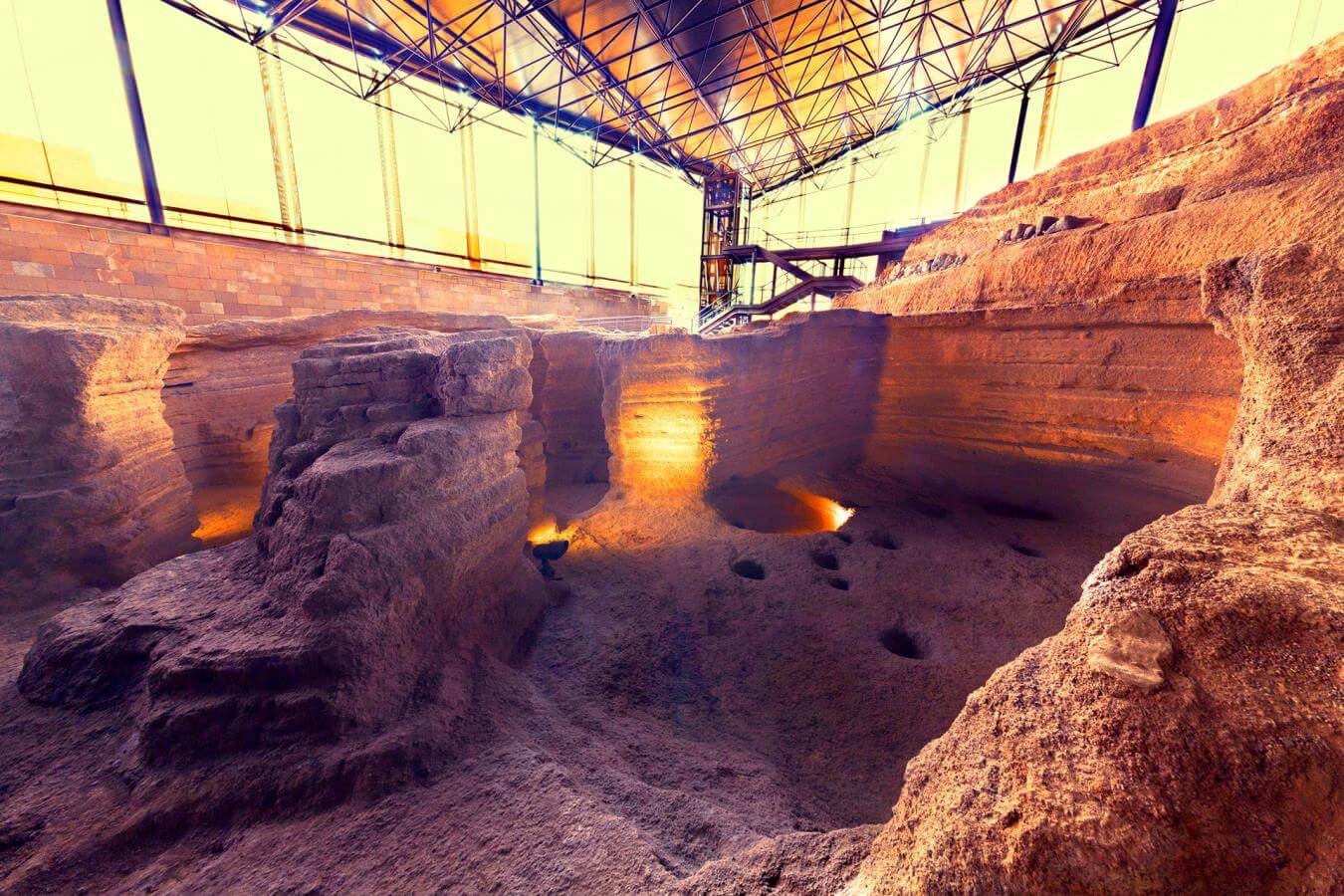
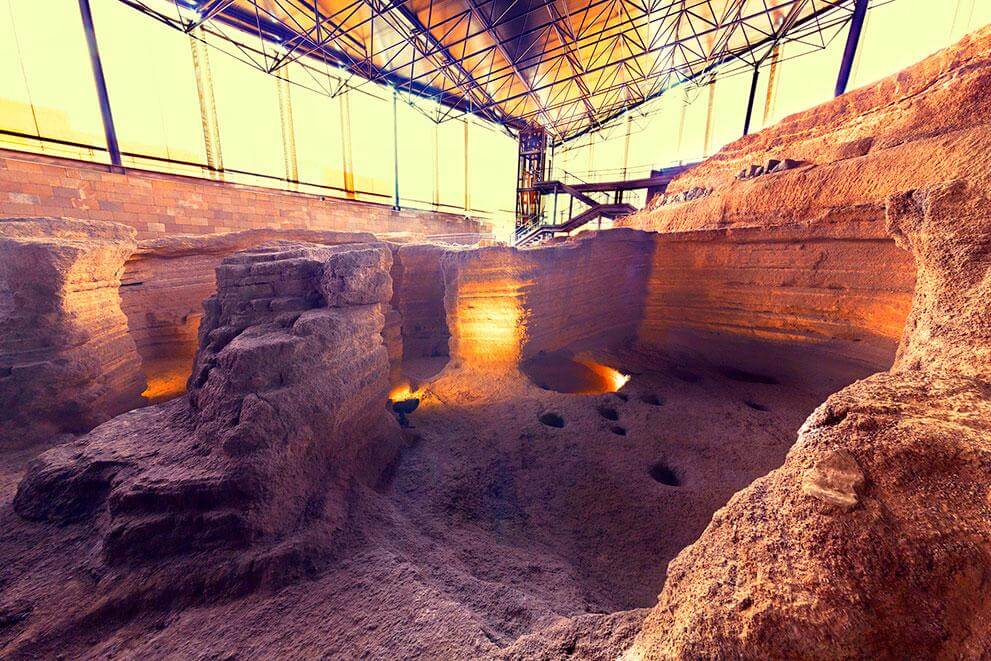
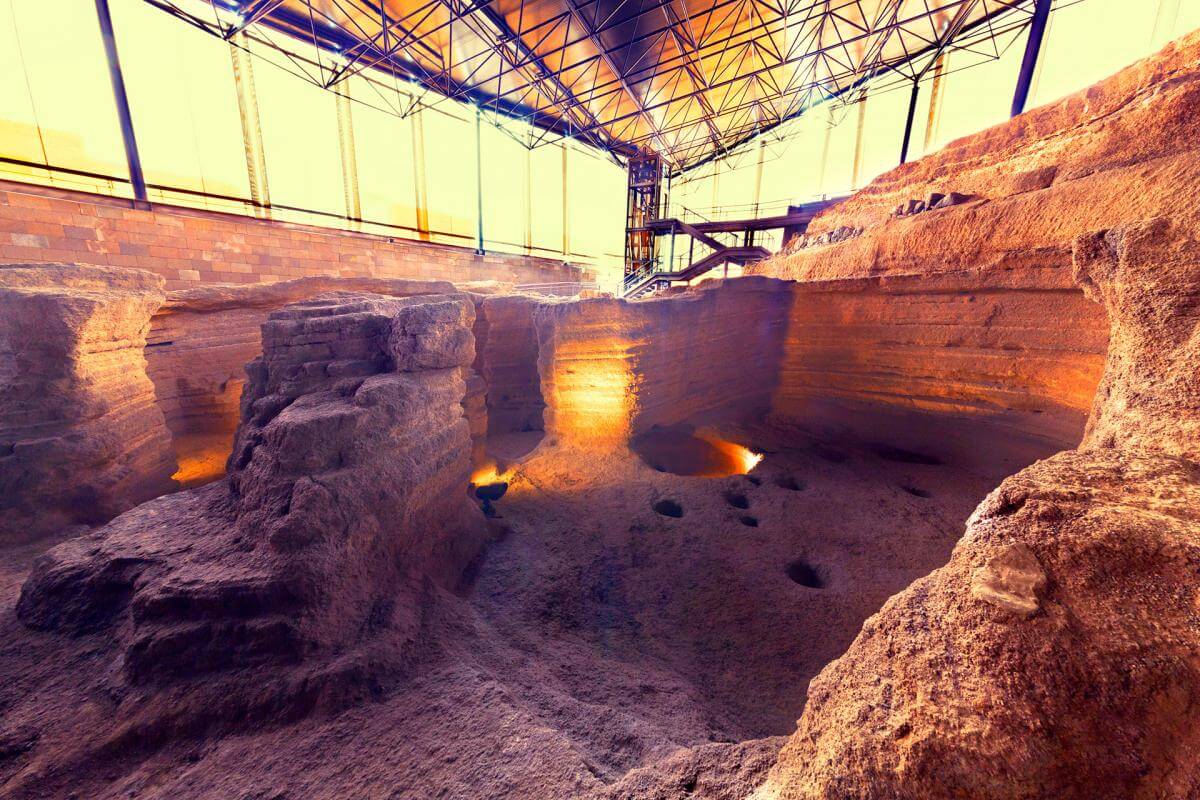
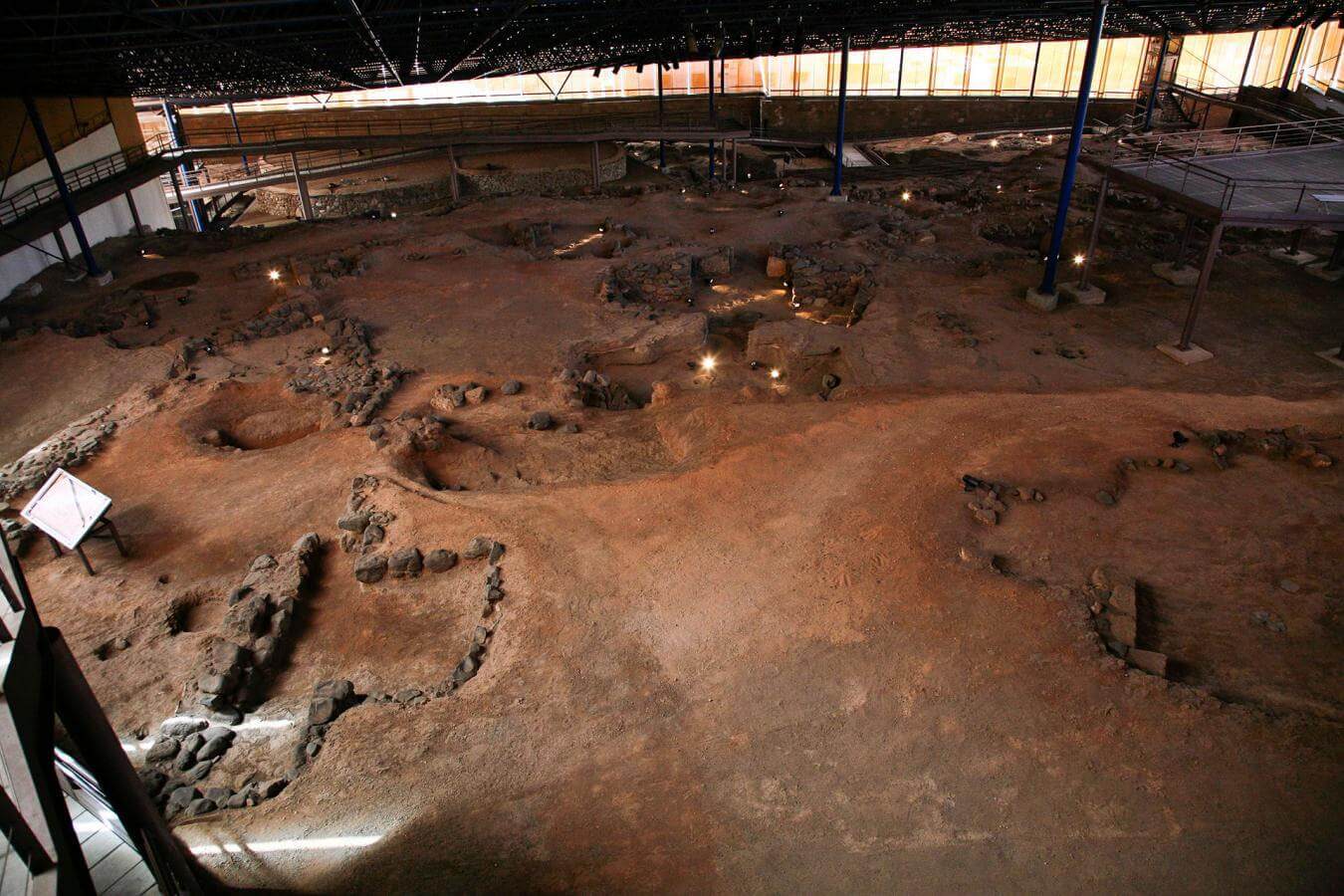
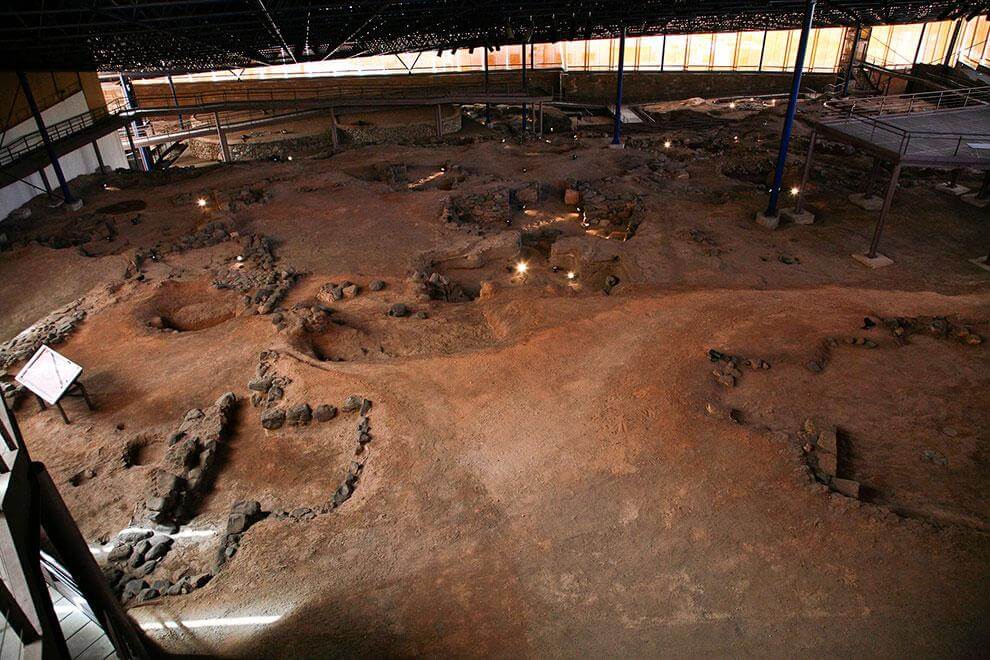
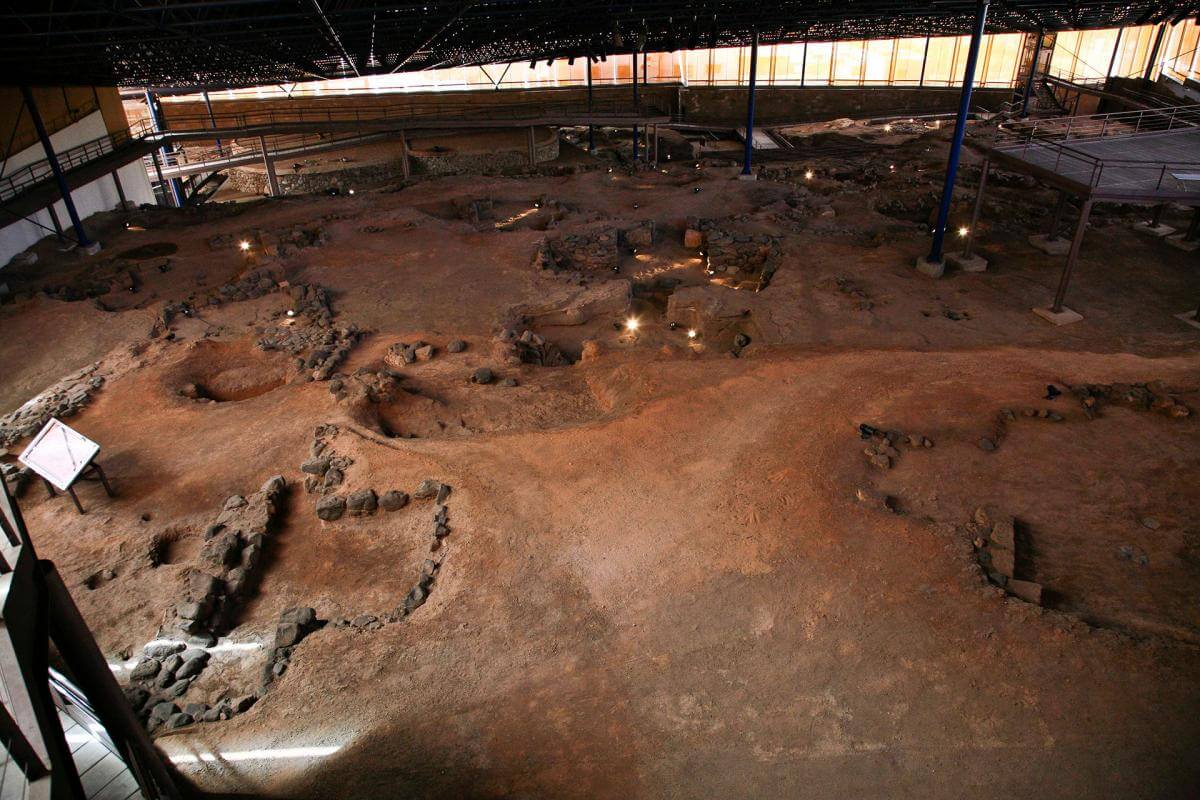
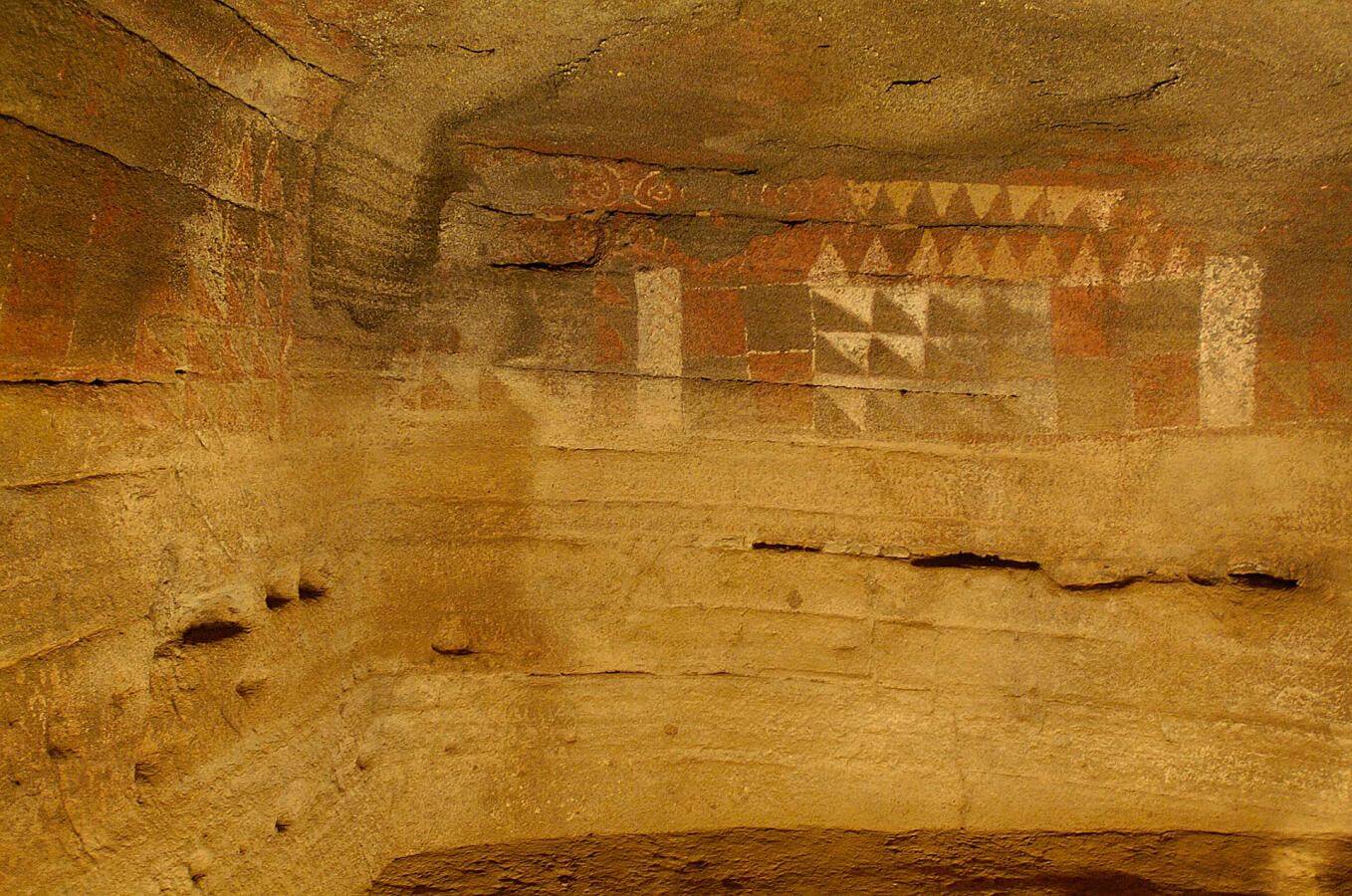
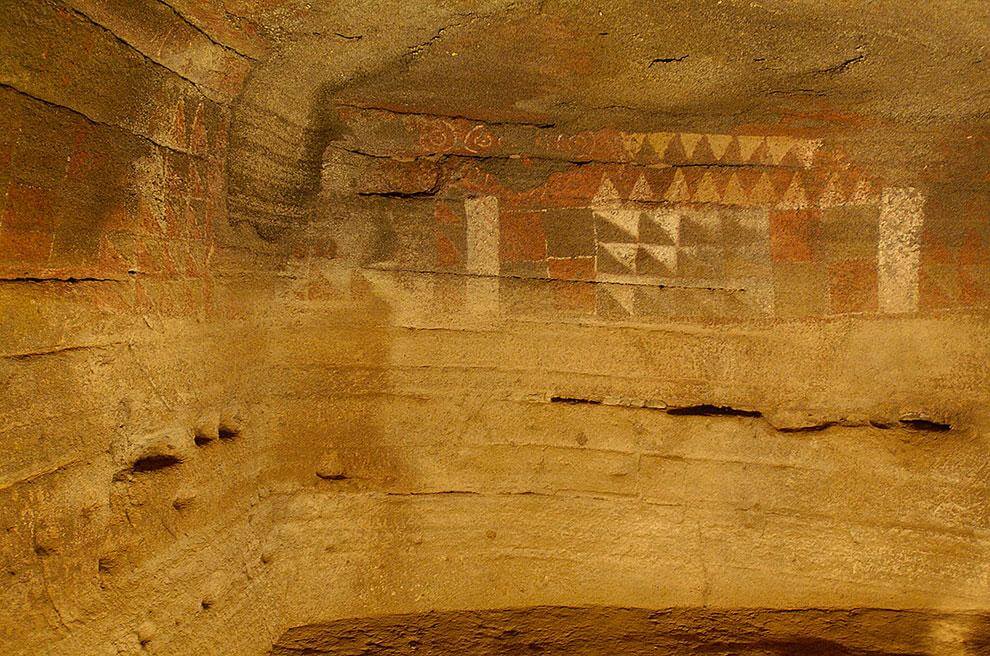
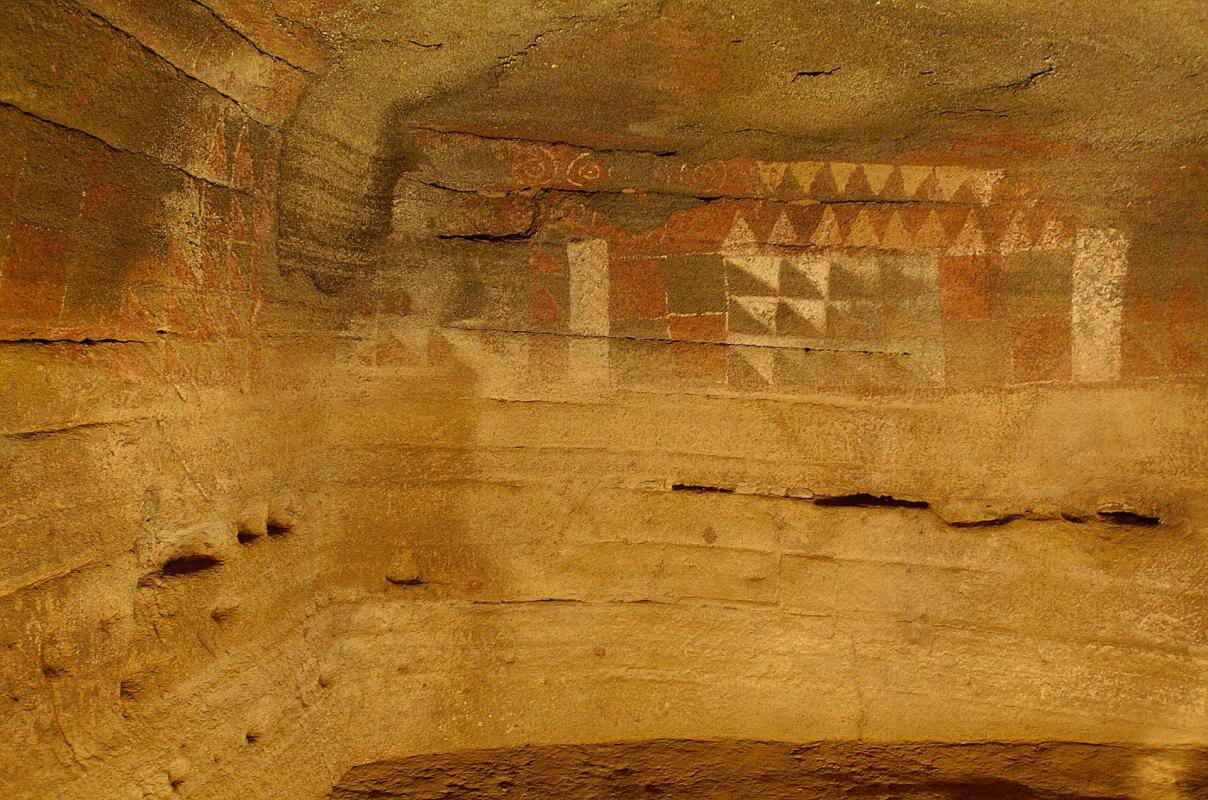
How has your residence in the Canary Islands influenced your way of working?
It’s difficult to answer that because I’ve had so little time to digest the experience and draw any definite conclusions, but I feel certain I have been influenced by the experience in some way. Perhaps I have taken something from the Canary Islands. I was born in Valencia and have spent time in Italy and Greece. So perhaps I have broadened my Mediterranean outlook.
The Canary Islands is in the Atlantic. Is there a difference between the Mediterranean and Atlantic outlook?
Yes. There is something very wild in the Canary Islands. The difference is vast, overwhelming. Although there are remains from the colonial past that remind us that we share the same history, the Canary Islands is unique. The light and the feeling of purity. For someone who comes from the Mediterranean like me, the contrast between the lush and the arid makes a great impression.
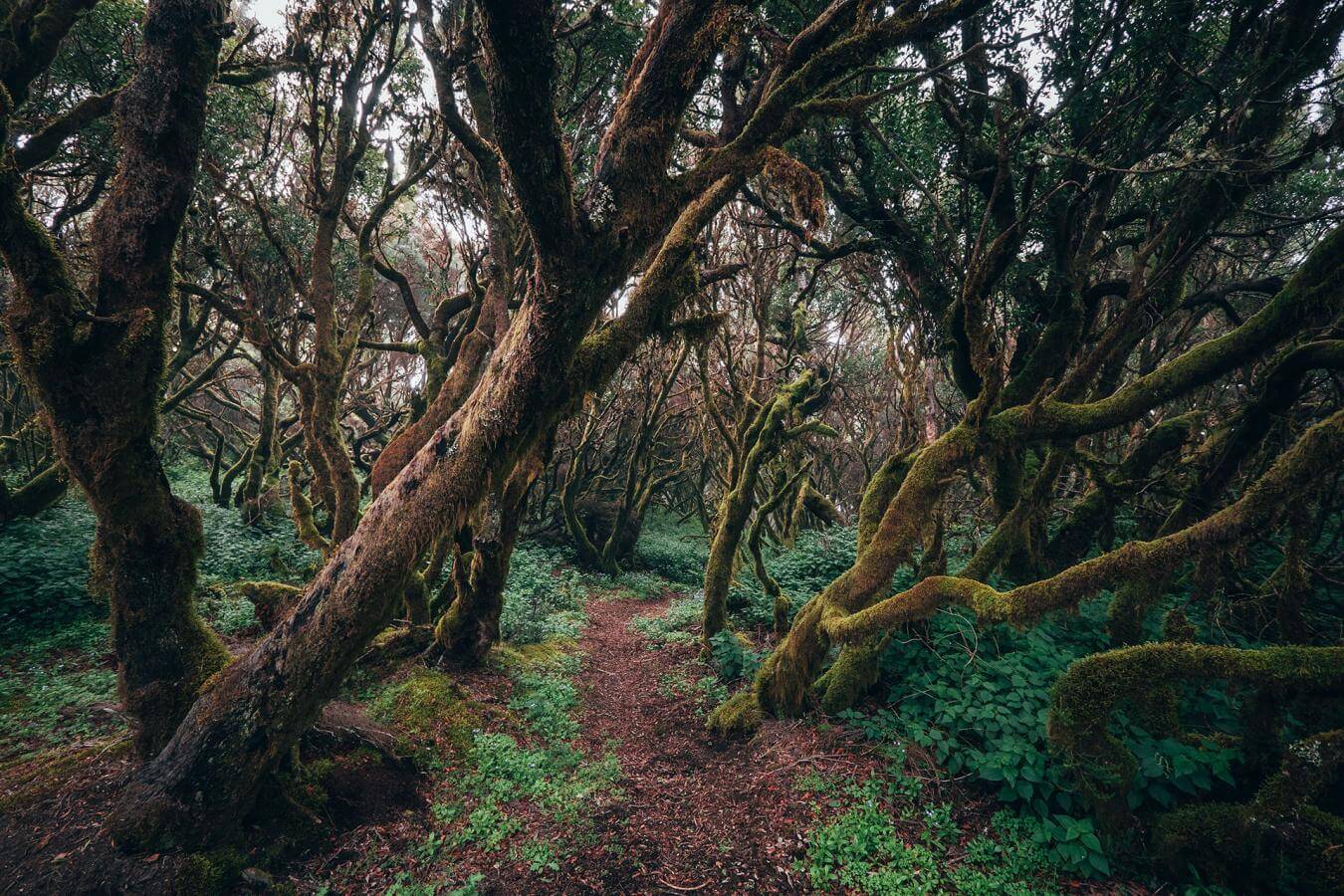
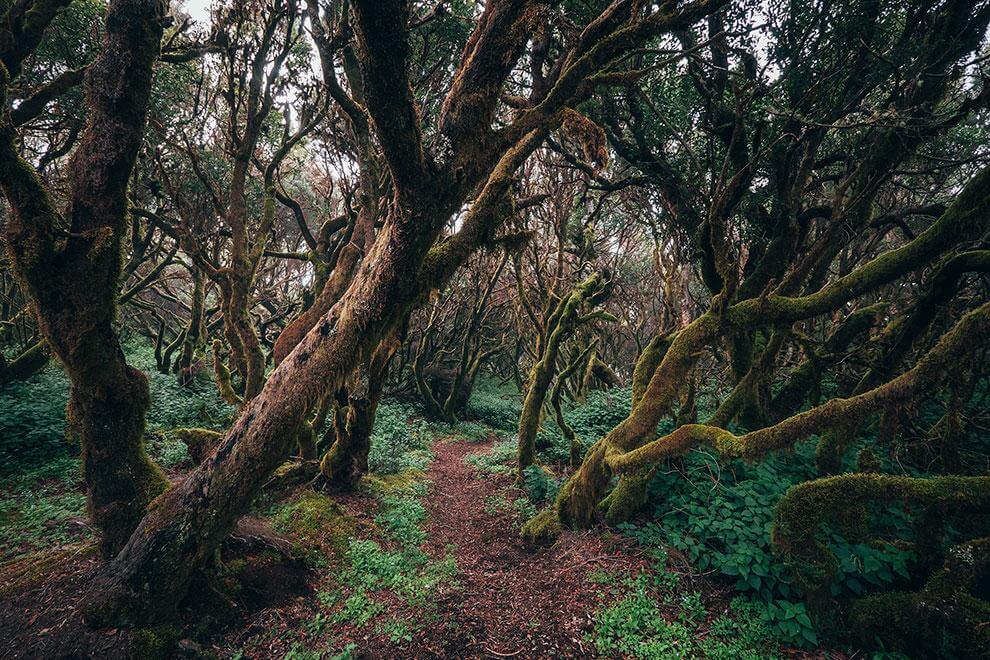
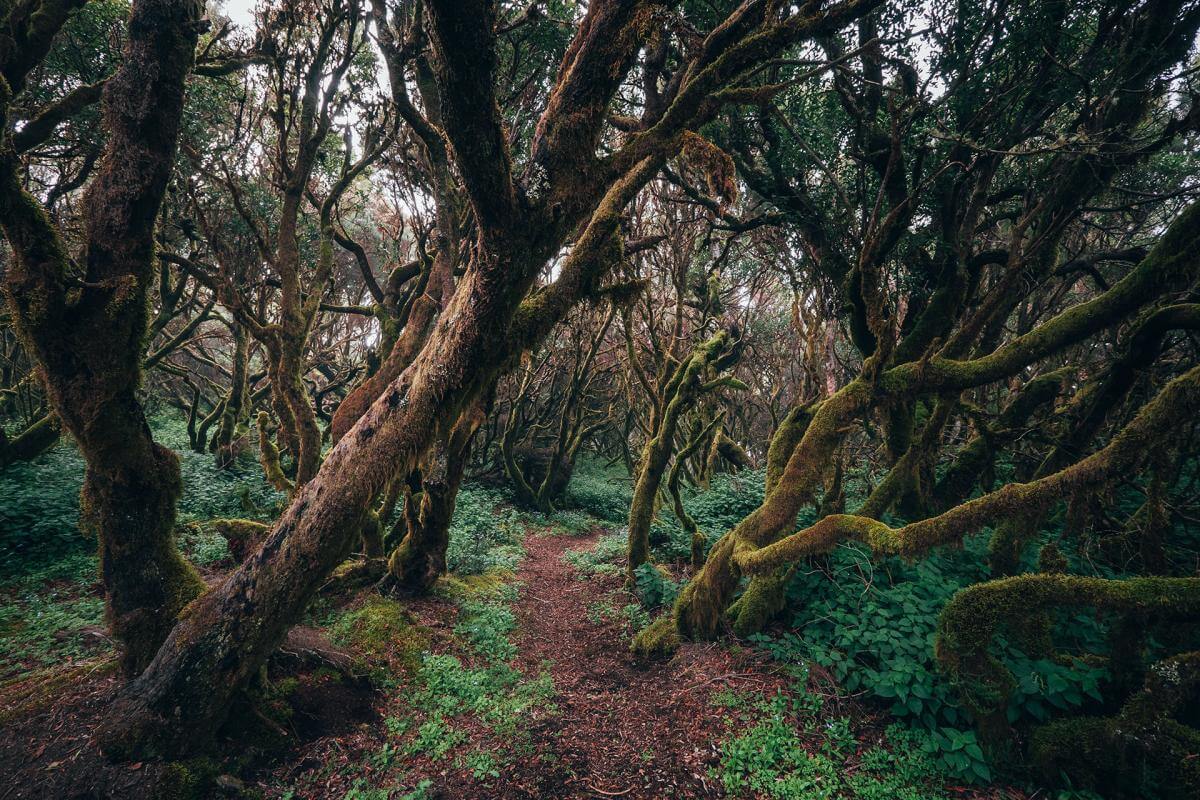
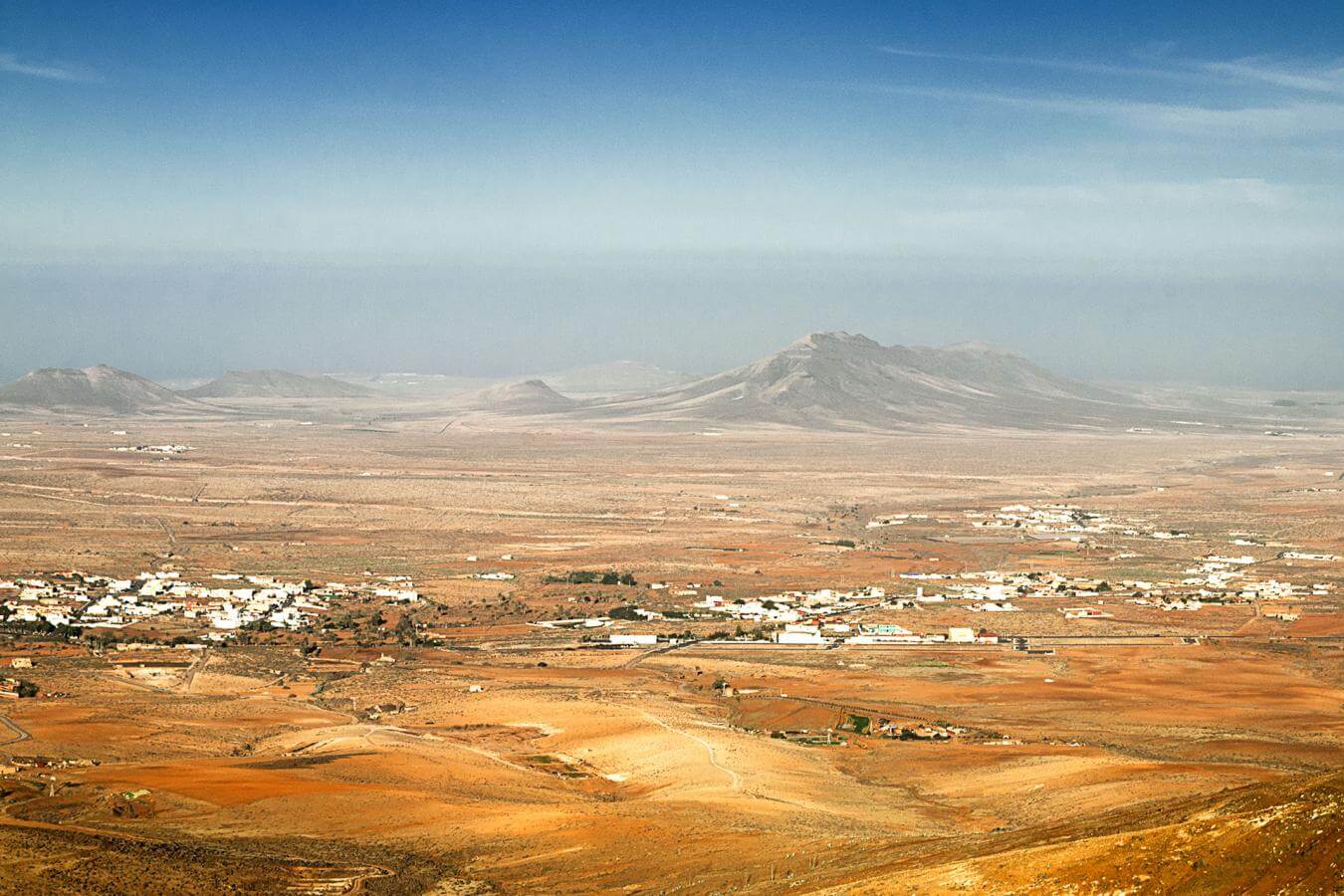
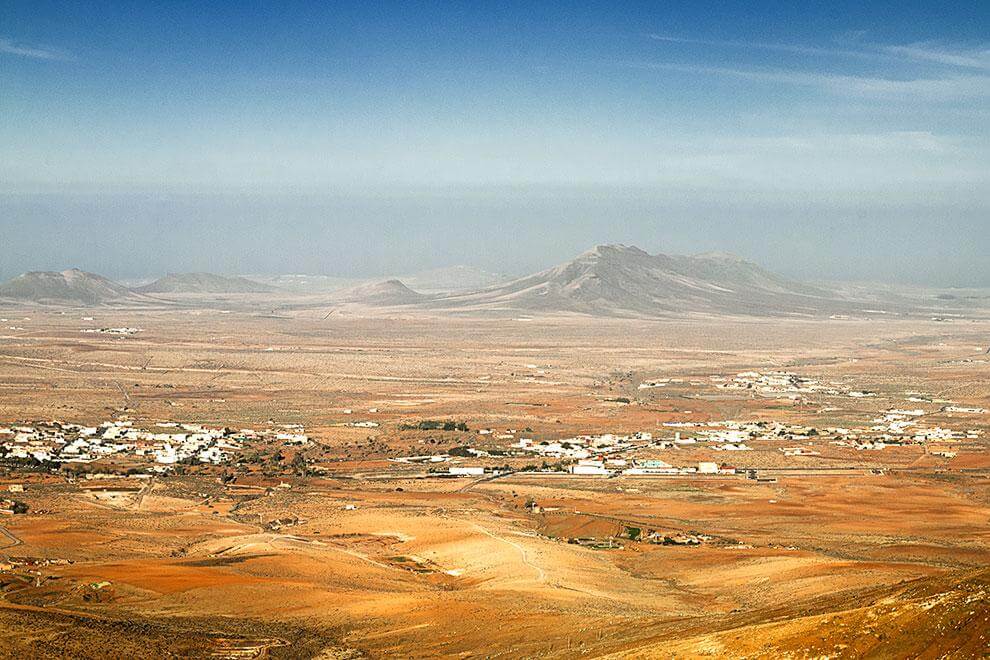
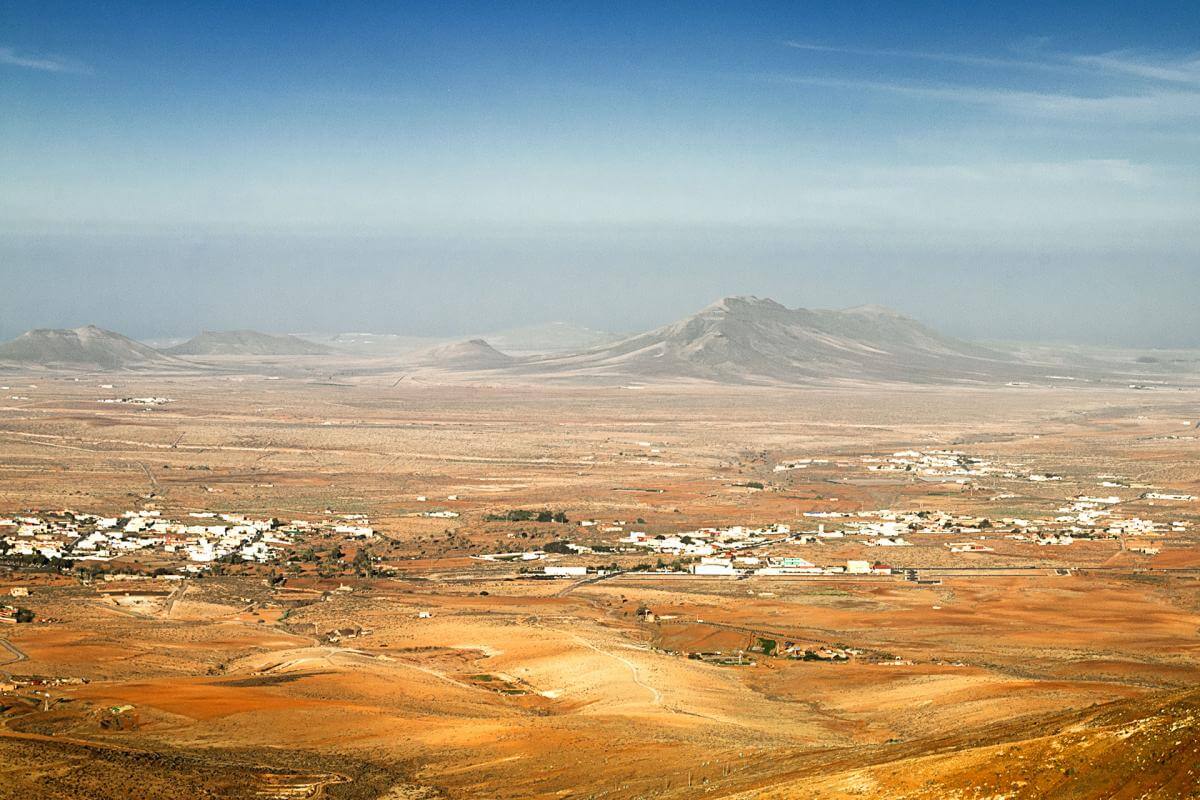
Is the uniqueness of the islands noticeable on an artistic level?
As with any other European city on a social level Las Palmas de Gran Canaria is a melting pot of many cultures. In artistic matters however its uniqueness is more evident. The island landscape is evident in almost all work by Canarian artists. Not in terms of how they represent things, but within the creators themselves. It doesn’t have to be obvious. It can be abstract, but either to criticize real estate speculation and the degradation of the environment or to express veneration for the natural beauty, it is what they work with most.
What do you think you have been able to contribute to the Canarian art scene?
I don’t know. It isn’t for me to say. It’s the public that come into contact with my works that will decide. Perhaps you could say that my search for order and reliance on reason contrasts with the Canarian mind-set. You could say that this difference could leave space for learning. Also, on a more tangible level, I the Cueva Pintada de Gáldar has been left in my art.


